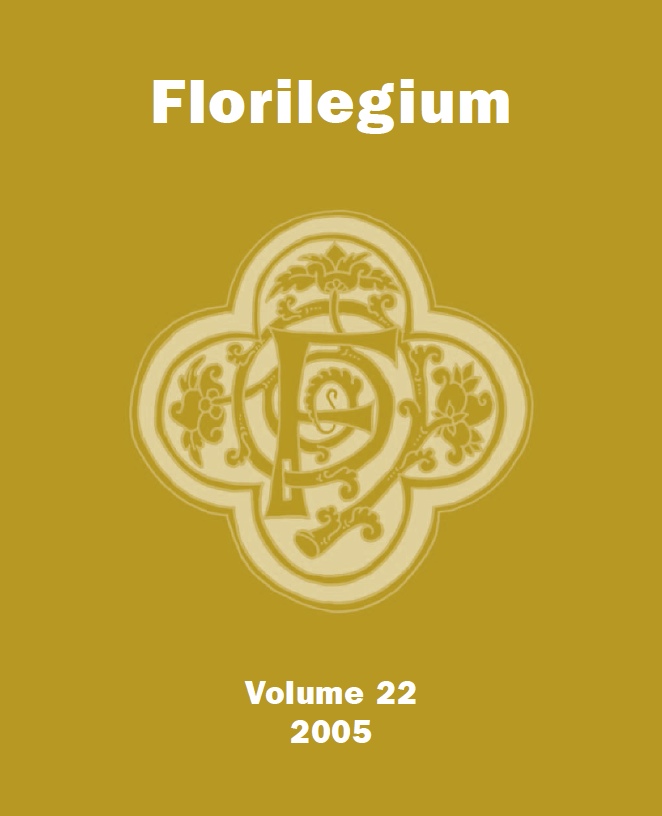Salvation, Damnation, and the Wounded (Corporate) Body of Christ in Late Medieval Culture
Abstract
To date, critics have tended to read late medieval depictions of Christ's bleeding, post-Passion body as representative of his suffering humanity and merciful divinity. Christ's open body is presented as nurturing, as welcoming and inclusive. However, as metaphor for the collective, the image of the wounded body of Christ did not always emphasize salvic inclusion. The wounded corpus mysticum, Christ's body the Church, presented itself as a community constantly in flux. Christ's wounds functioned not only as welcoming entryways but also as sites of purgation and excision, encouraging in individuals feelings of abjection, vulnerability, and fear.Downloads
Published
2005-01-01
How to Cite
Groeneveld, L. (2005). Salvation, Damnation, and the Wounded (Corporate) Body of Christ in Late Medieval Culture. Florilegium, 22, 81–104. Retrieved from https://journals.lib.unb.ca/index.php/flor/article/view/12517
Issue
Section
Articles



